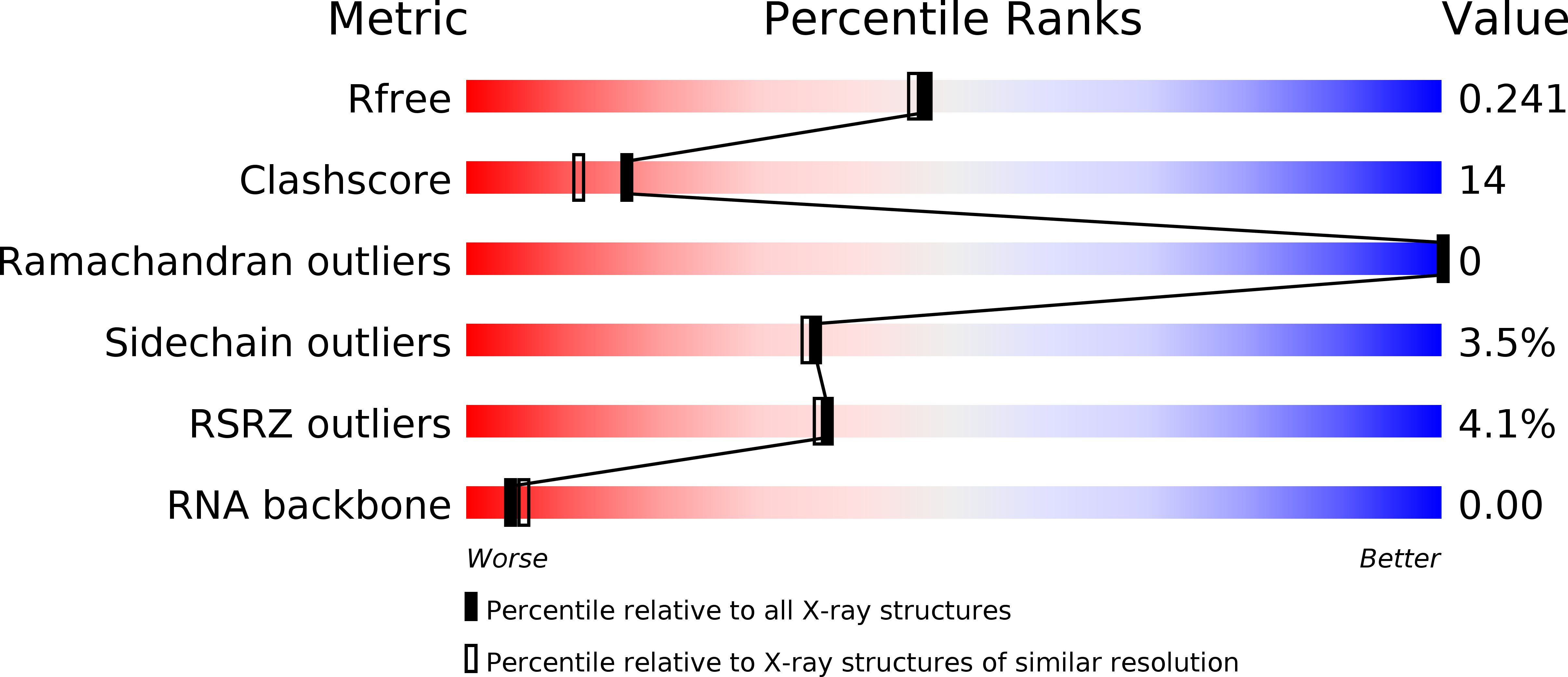
Deposition Date
2019-06-17
Release Date
2019-08-28
Last Version Date
2024-05-15
Entry Detail
PDB ID:
6S0M
Keywords:
Title:
Structural and dynamic studies provide insights into specificity and allosteric regulation of Ribonuclease AS, a key enzyme in mycobacterial virulence
Biological Source:
Source Organism:
Mycobacterium tuberculosis (Taxon ID: 1773)
Escherichia coli (Taxon ID: 562)
Escherichia coli (Taxon ID: 562)
Host Organism:
Method Details:
Experimental Method:
Resolution:
2.00 Å
R-Value Free:
0.24
R-Value Work:
0.17
R-Value Observed:
0.18
Space Group:
P 21 21 21


